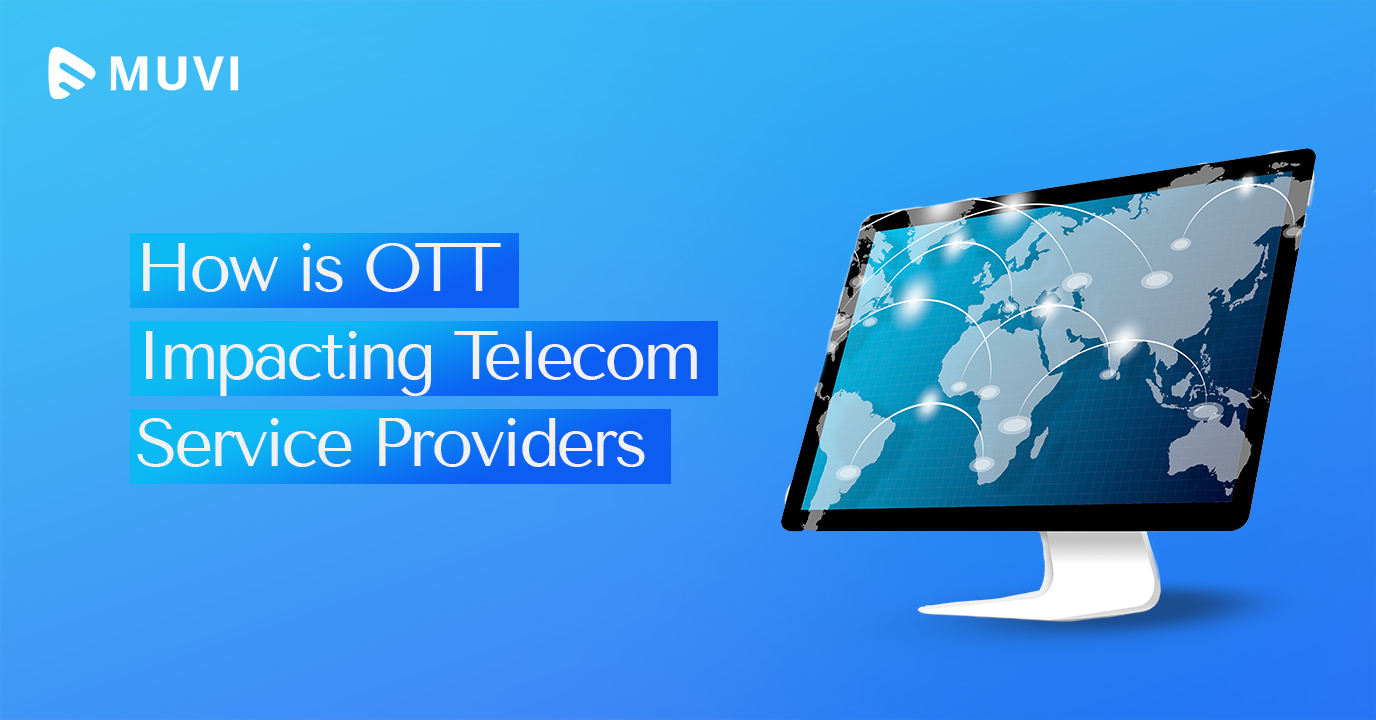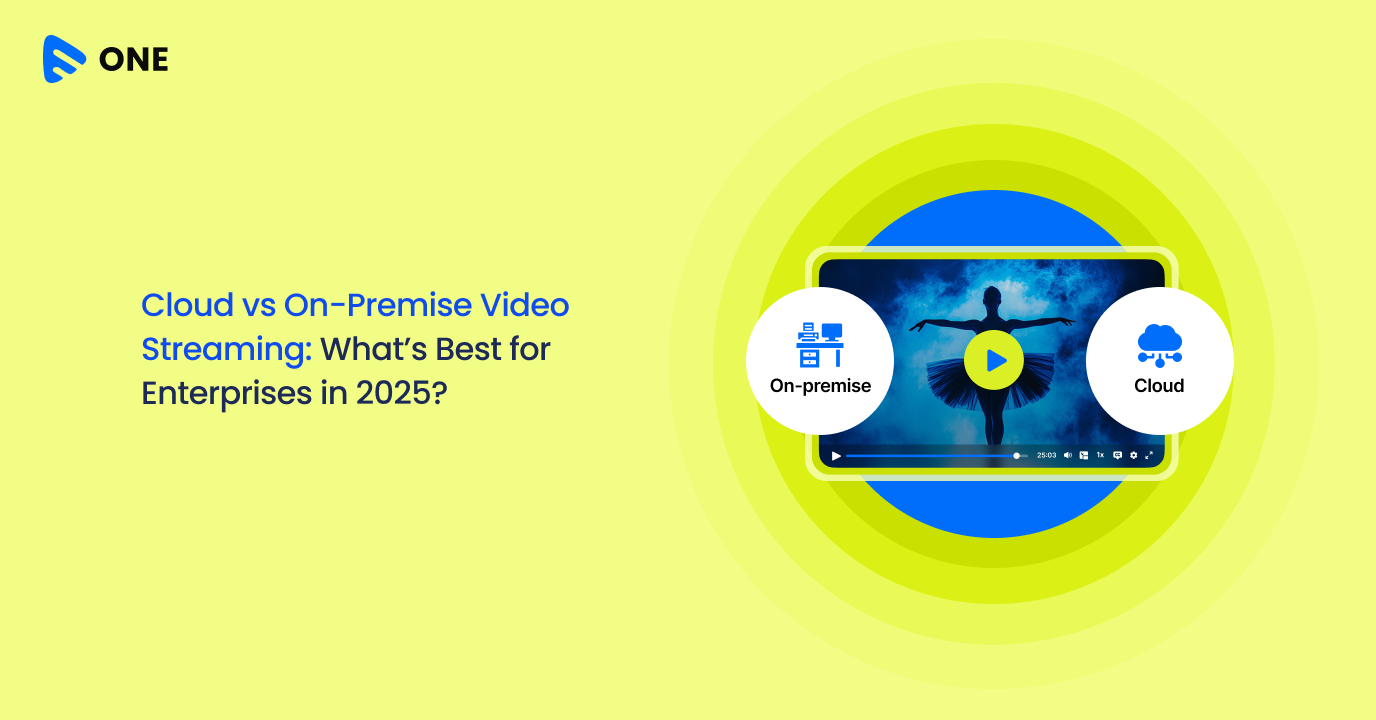Written by: Aditya Nayak
As streaming continues to dominate the way content is consumed, OTT platforms across the globe have seen an increase in popularity and increased growth in adoption. The COVID pandemic has further accelerated this outburst of growth as consumers turn towards streaming services for entertainment during the subsequent lockdowns.
This isn’t the first time the mode of entertainment consumption has changed. As history repeats itself, we have time and again seen a change in the consumer’s behaviour as technology evolves in the entertainment sphere. A quick example can be seen in the shift from audio to video as we transitioned from radio to television. A similar trend can be seen in the current adoption of smart or connected devices instead of our linear TV and broadcast services.
Today, with the advent of smartphones, better connectivity and faster data services, mobile viewing of content is the neo-gen preferred mode of consuming content. Based on a report by Statista over 1.67 billion users worldwide were watching video content on their mobile phones in 2017 and this has increased over time to grow to more than 2.33 million in 2021. This popularity is further propagated as the global telecom industry undergoes a massive and continuous business and technology environment change. Telecom operators today strive to provide seamless and high-quality voice, data, and multimedia services in a multi-device, mobile environment.
EYEBALLING MARKET DOMINANCE
The union between streaming services and telco providers brings immediate benefits to both parties. For telco providers, it is the chance to differentiate their service offerings in the face of increased commercialization of Internet and TV services, while for streaming providers, it is the chance to gain new subscribers by bundling their content with distribution carriers, especially for mobile.
But such partnership isn’t new, the region’s first OTT-telco agreement began with Netflix in early 2015, when it launched in Australia. Launch partners iiNet Ltd. and Singtel Optus Pty. Ltd. offered unmetered Netflix streaming for their respective broadband customers. In addition, the Netflix app was built into Optus’ Fetch TV platform, allowing Fetch TV subscribers to access Netflix content from their set-top boxes.
Similar partnerships were seen across the Asia-Pacific region as Netflix aggressively pursued its expansion across geographies. By May 2018, Netflix had completed 10 agreements across the region. For example, Netflix’s partnership with Atria Convergence Technologies Ltd., which is in the business of providing broadband and network services known as ACT Fibernet. In March 2019, the telcos offered direct carrier billing to its broadband customers while the telco also allowed the Netflix native app to be integrated into the ACT Stream TV 4K set-top box.
Such aggressive expansion to the Asia-Pacific region by Netflix also led several regional rival services to adopt similar strategies. HOOQ, in partnership with Globe Telecom, launched in the Philippines immediately after Netflix’s planned arrival in Australia. HOOQ enabled Globe customers to access thousands of Hollywood and Filipino movies and TV series, with the option for offline viewing. Other established OTT companies in Asia-Pacific have also begun partnering with telcos. Eros’ platform, Eros Now, first partnered with Bharti Airtel Ltd. in late 2015 to provide content integration into the Airtel TV app, and has since expanded to partner with telcos across six countries.
Let’s look at the various factors that have led to the partnership of OTT with the telecom industry.
PLUG AND PLAY
The collaboration between the streaming platform and telecos is at a turning point. The ready infrastructure from telecom providers such as networks, data centers, CRM, Billing systems, customer support, and more, can be leveraged to provide a great experience to the customer around the content offered.
A great example would be streaming platform subscriptions. With the help of telco providers, streaming companies can offer customers the ease of managing their subscriptions from a common subscription management platform.
EASE OF BILLING
Carrier billing arrangements, in particular, have proliferated in recent years. Direct carrier billing enables the consumer to pay for streaming video services, and other OTT media, through their telco provider. Implementing telecom billing software can streamline these processes, ensuring accurate and efficient billing for both service providers and consumers. For example, If a customer has a subscription to Netflix, their monthly subscription fee will show up on their phone bill. This arrangement is convenient, especially in geographies where credit card and bank account penetration are low. In Africa, for example, Netflix has tied up with Vodacom and Telkom South Africa, where credit card and banking penetration is low. The music streaming service Spotify, reportedly integrates M-Pesa-owned by Kenya’s largest telco operator, which is used as an alternative to credit cards and bank accounts in the region. For streaming companies, carrier billing has become an all-but-essential strategy for subscriber acquisition so they don’t lose out on consumers who are willing to sign-up but unable to pay. As a result, direct carrier billing services that integrate telco and OTT platforms have flourished.
ADDITIONAL REVENUE FOR TELCOS
Driven by innovations such as super-fast IP networks, smartphones and the shift in consumer preferences towards their “freemium” based business models, OTT players are poised at providing a natural boost to the telcos’ revenue. The fact that these OTT platforms offer services that are close substitutes to telco offerings comes as a blessing in disguise. The wide variety and utility of apps and services offered by OTT players are pampering customers with a choice of choosing services from one or the other.
OTT applications indirectly contribute to telecommunication operators’ revenue by actively using their infrastructure to provide their services. The emergence of OTT apps that are designed as alternative formats of existing ‘classic’ communications such as SMS has also emerged as a substitute offering for Telcos. Subsequently, although there is a steady flow of income from other service packages, telecom operators are gaining maximum revenue from the increased uptake of data services.
For more on OTT Apps, read our blog The Complete Guide to OTT Apps: All you Need to Know
INCREASED ADOPTION OF DATA
In recent times, we have all witnessed the growing consumer appetite for video, thus becoming a major contributor to increased data traffic. The increase in the adoption of smartphones has further led this growth to a rapid increase in data traffic. While in matured markets, growth in smartphone and mobile broadband penetration has been a key driver for increased OTT adoption, in many developing markets this penetration itself has been fuelled to an extent by the consumers’ desire to use OTT services.
KNOWING ‘THY’ CUSTOMER
With the rising penetration of smartphones and high-speed internet like 4G and 5G, more and more consumers are getting access to various types of digital content and value-added features. Since consumers spend a huge amount of their time on smartphones, they demand a more personalized user experience with tailored content delivered to them. This demand has made it necessary for OTT service providers to track the preferences of individual consumers and deliver custom-made content accordingly. This insight also helps telecom companies to curate their offering based on customer preferences.
JOINT STRATEGIES BY TELCO-OTT PARTNERSHIP FOR RETAINING CUSTOMERS
OTT AS A MARKETING TOOL
OTT partnerships act as a marketing tool for telcos apart from being an attempt to retain high-value customers. The Vodafone ad starring chess Grandmaster Viswanathan Anand showcases him enjoying Prime Video content while roaming. “Today, video as a platform has gained prominence as a medium of choice across age groups — from entertainment to sports, live TV, technology, food and travel, etc. Our conception of campaigns, media planning and execution, especially on digital platforms will further evolve as consumers access content across new platforms,” says Siddharth Banerjee, EVP — marketing, Vodafone.
BUILDING CUSTOM OTT PRODUCTS
AT&T, the owner of the HBO network, launched HBO Go- a prime example of how a traditional telecom provider can become a strong branded destination for content outside the traditional TV ecosystem. AT&T also announced the launch of several other value-added products and services, including five new broadband-delivered OTT products. German Deutsche Telekom is also testing its smart speaker technology and plans to roll out an OTT TV service.
OTT BUNDLES
Creating OTT bundles is a popular strategy telcos are undertaking. A study suggests that 42% of the respondents feel that having an OTT bundle makes them spend more on their carrier plan.
For OTT players, bundling has several advantages – it increases distribution, helps break into new markets, aids marketing, and boosts paid-user share, among others. In the case of carriers, it helps improve ARPu and retain users.
Jio has a range of bundled services that it offers such as Jio TV+, Hotstar, and ZEE5, among many others. Airtel, another leading telecom company, provides plans to stream ZEE5, Prime Video, and Wynk Music, as part of its Airtel Thanks benefits.
Similarly, Vodafone customers have access to Vodafone Play, where they can not only watch free Live TV but also watch premium content from players such as ZEE5, Hoichoi, Shemaroo etc. The recent launch of bundled offerings from Airtel by tying up with ZEE5 and Hotstar is another step in the right direction.
NATURAL PARTNERSHIP WITH OTT
The partnership between Telcos and OTT platforms has emerged as a good strategy and many players have already entered this venture. As telecom operators are partnering with OTT players, they are getting benefited from their traffic. This strategy enables the operator to keep the traffic and regain a share of the revenues and also ensures customer retention and adoption.
A typical telco-OTT partnership is a symbiotic relationship that allows both parties to benefit. How? Telcos can pursue digital strategies by leveraging their infrastructure advantage and customer base with OTT partners’ premium, on-demand content libraries. Meanwhile, OTT platforms gain access to telcos’ existing customer bases via built-in video apps, integrated billing mechanisms over existing fixed or mobile connections, and promotional access to OTT content and other exclusive deals.
For example – Netflix’s arrangement with Sri Lankan direct-to-home provider Dialog is another partnership deal. Under the agreement, Dialog offers direct carrier billing to its postpaid subscribers.
As a telecom provider with your own OTT platform, you can offer it as an add-on, include it in higher subscription plans, or allow users to subscribe to your platform. With Muvi One, you can launch your very own OTT platform along with mobile and TV apps.
You can partner with Muvi and offer our products such as Muvi One, Muvi Flex, and Muvi Live to your enterprise customers along with your other products and services.
DEVELOPING THEIR OWN SERVICES
Another long term strategy adopted by telecom operators is the introduction of their own OTT service. This enables telecom providers to have full control over the service. An operator could develop its own in-house team to develop the services or acquire an existing company. However, this is a cost-intensive process and requires a longer go-to-market approach.
WRAPPING UP
The future is certain, consumers may be seeing more telco and OTT partnerships in the future, as the two parties recognize mutual benefits in such arrangements. And perhaps it could result in better experiences for the consumer making such partnership agreements a benefit for both the parties. Telcos can pursue lofty digital strategies by leveraging their infrastructure advantage and customer base with OTT partners’ premium, on-demand content libraries. Meanwhile, OTT platforms become more accessible to telcos’ existing mass customer bases via built-in video apps, integrated billing mechanisms over existing fixed or mobile connections, and promotional access to OTT content and other exclusive deals. These agreements are especially important in the face of increased competition and other market challenges. As aggregation of OTT services becomes the new normal, telco companies are increasingly seeking scalable and customisable multi-service integrations that can provide seamless customer journeys and flexible payment solutions across multiple OTT services. Some telecom providers have already developed OTT integrations that allow new OTT providers to be “plugged in” via APIs.
In addition, there is potential for technology vendors to provide third-party software-as-a-service (SaaS) platforms that sit between the telco stream and the OTT systems, and provide plug-and-play integration on both sides.
Partner with Muvi One and get access to exclusive streaming features to enhance your platform. Get in touch with us at partners@muvi.com.
Take a 14-Day Free trial of Muvi One, now!















Add your comment